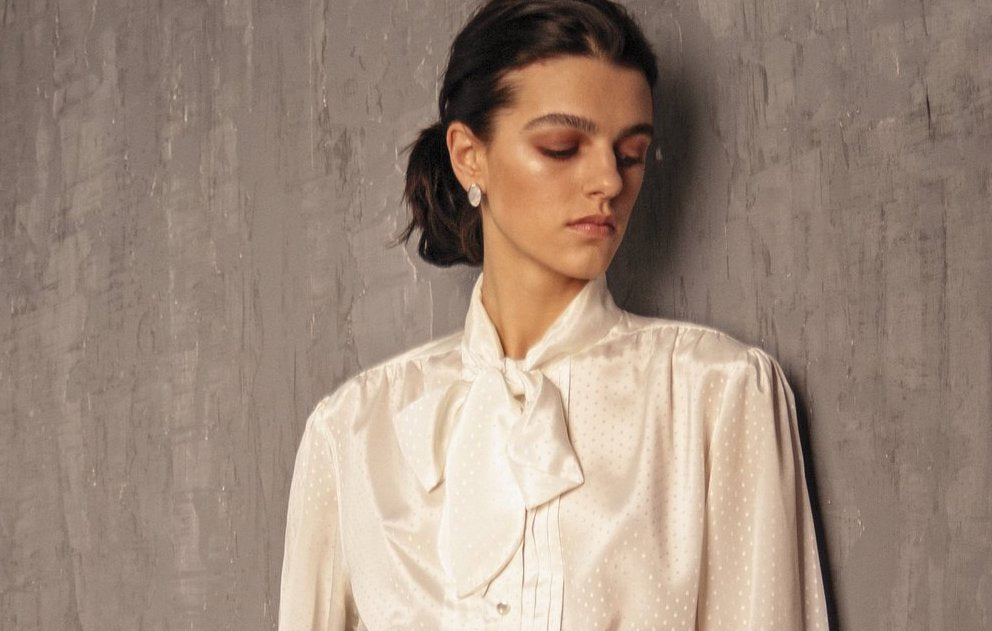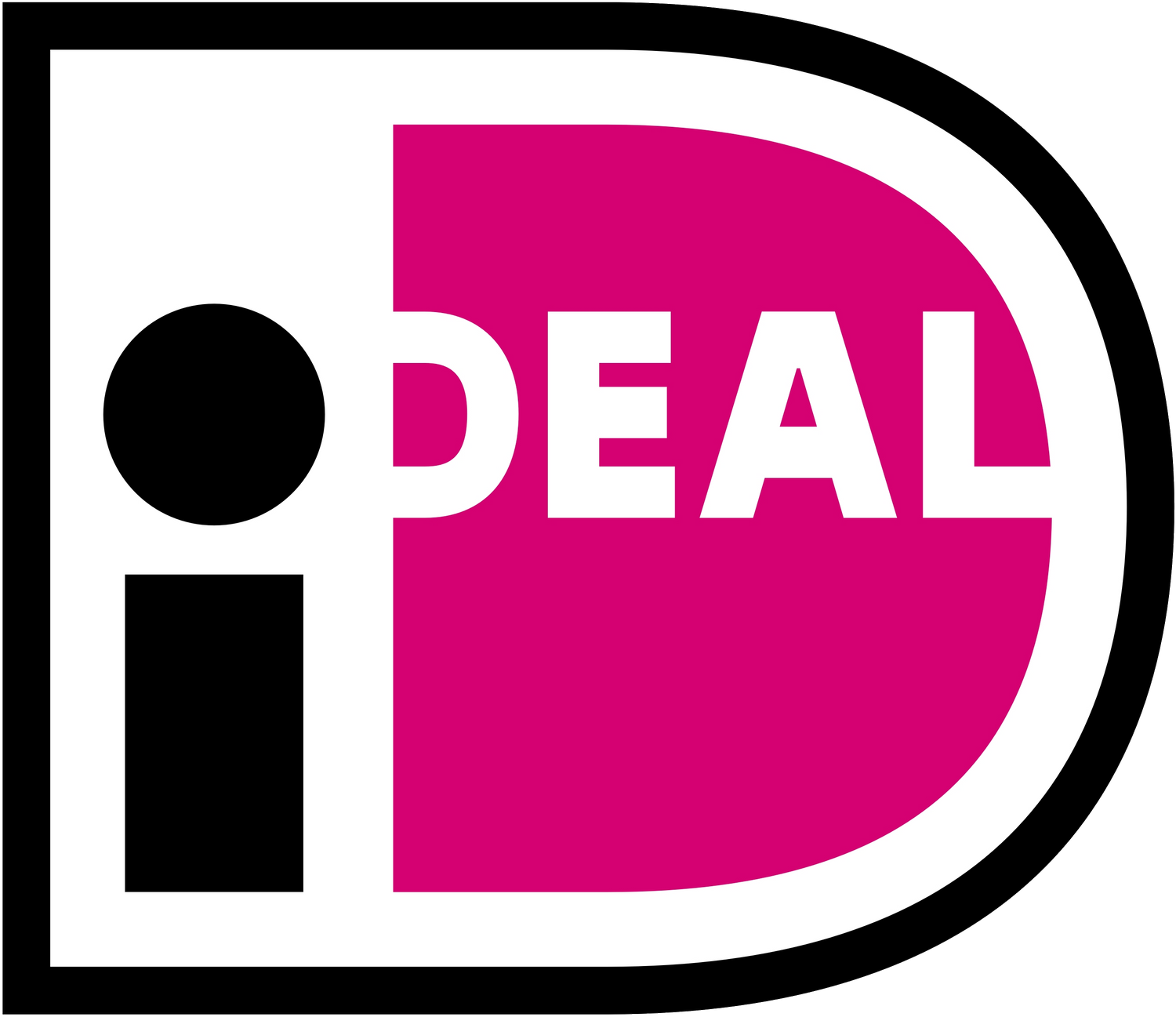
Design in Circular Economy
Circular economy, with the potential to slow down the current fast pace of fashion, is leading the way towards a more sustainable fashion's future. Circular economy in a nutshell is the opposite to linear economy, in which raw materials are extracted to create items to be used for a while and then thrown away. When we are talking about fashion, the use phase is often short and the amount of textile waste ending up in the landfills or being burned is huge.
In a circular economy the items and materials are kept in use for as long as possible by:
- designing for quality and long-term use
- designing out waste
- extending product lifetime through repair, resale and rental
- and finally, recycling the items and materials properly
Textile waste can even be recycled into new fibres and materials for creating new pieces of clothing, this way reducing the need to extract new, virgin materials.
One of the six themes in our Sustainability Framework analyses the operations of brands through the lenses of circular economy. Keep reading to get familiar with circularity in fashion and the different sub-themes in our framework, and find out what you can do to help going circular!
 Handmade pure silk blouse from K M by L A N G E's Vintage Capsule
Handmade pure silk blouse from K M by L A N G E's Vintage Capsule
Design for quality and long-term use
It all starts from the beginning. In a circular fashion world, it is important that designs and materials are chosen to be suitable for long-term use and easily recycled in the end-of-use phase. A high-quality item with proper care lasts longer – product lifecycle extension being one of the main principles of the circular economy. A timeless quality piece keeps its value and easily finds a happy new owner in case you let go of it some day. This way all the valuable resources used to create the item in the first place won’t be wasted.
Each theme in our Sustainability Framework includes minimum criteria that must be met by all of our brands plus the possibility to earn from 1 to 3 additional points. Designing for quality and long-term use is the minimum requirement in the Design in Circular Economy theme.
Zero waste production or production waste used by another company
Textile waste is not only a major challenge at the disposal phase, but also in the production phase, lying on the floors of the cutting rooms. Zero waste refers to a design method, in which no waste or only minimal waste is created through careful pattern making and cutting. Also leftover items and materials from previous collections can be reused for the new collection. Alternative solution to zero waste is offering the waste of production to be used by another company to avoid it ending up landfilled.
The majority of our brands follow these circular economy principles gaining one additional point in the framework.
Offering repair, second-hand, renting or recycling services
The third part of the Design in Circular Economy theme in our Sustainability Framework focuses on the use and end-of-use phases. Brands will gain two additional points from the part by offering one or more of repair, second-hand, renting or recycling services.
Repair – Extending the use phase. As we already learned, product lifecycle extension is one of the key aspects of circular economy. This can be easily achieved by taking proper care of our clothes and repairing them instead of replacing with new ones. The role and responsibility of brands in product maintenance is also important, including offering care instructions and repair services. Most of our brands offer repair service for their products, so when in need, contact us for support.
Also, have a look at our sustainable clothing care tips to learn how you can extend the life of your clothes yourself!
Second-hand – Keeping the items in the loop. The product lifetime can also be extended through finding the item a new home at the phase of disposal. Acquiring new clothes as second-hand is a great option, and as we know – one man’s trash is another man’s treasure. In the resale markets, us, the consumers, can take the roles of both buyers and sellers, and brands can join for example by collecting their pre-loved items to be resold to new customers.
We also highly recommend organizing your own cloth swap parties!
 Classic black blazer from K M by L A N G E's Vintage Capsule
Classic black blazer from K M by L A N G E's Vintage Capsule
Renting – Fashion as a service. One aspect of the circular economy is rethinking the necessity of owning things. Netflix, Spotify and city bikes have already proven that service based models are the best! The same applies to fashion – renting fashion items instead of buying is a great solution when dressing up for one-time occasions or wanting to cheer up the basic wardrobe. Renting is also a nice way to get familiar with new favourite brands and discover new styles, while avoiding purchasing items that would end up not being used.
Some brands offer rental services directly, and recently, clothing libraries have become popular. Pieces from some of our brands are available at Vaaterekki, a clothing library located in Helsinki city center, and at Vaatepuu, another clothing library located in several cities in Finland. Both libraries offer one-time rentals and memberships.
Recycling – Keeping the materials in the loop. When the love story of you and your beloved item is coming to an end, recycling the piece correctly is important to ensure the item and materials can be reutilised as effectively as possible. The best option after extending the life of the item through repair and reuse is repurposing and material recycling. Get familiar with the local sorting and recycling instructions or turn to the brand to ask for support.
Some of our brands offer recycling services for their pre-loved items. FRENN, for example, offers a 15 per cent discount as an exchange for bringing your old FRENN piece to the store. From there, it is either donated to local flea markets or the local textile waste collector, depending on the condition of the item. Also, Nomen Nescio encourages customers to bring or send worn out Nomen Nescio pieces for them to be reused, fixed or recycled.
We hope circularity in fashion makes more sense now – many of the things we were actually already familiar with.
Here is a quick checklist on how you can contribute to the circular fashion world yourself:
1. Choose quality or second-hand (Farewell to single-use and fast fashion!)
2. Consider borrowing or renting
3. Repair and take care with love
4. And finally, recycle correctly! <3
In case you are interested to learn more on a circular textile economy, have a read through A New Textiles Economy Report: Redesigning Fashions Future by Ellen MacArthur Foundation.




